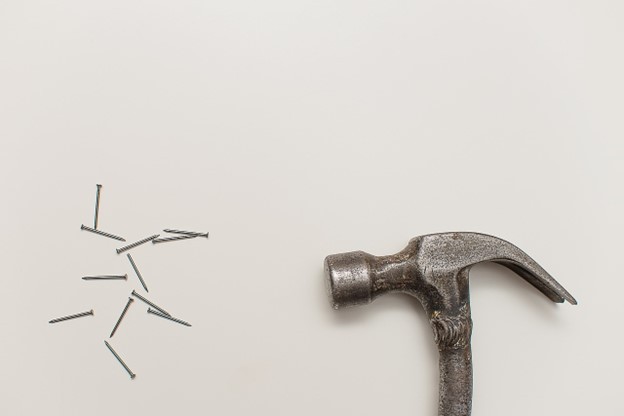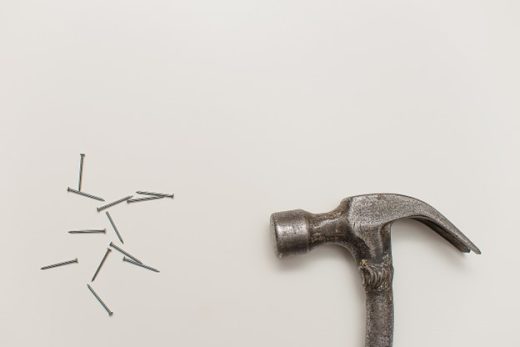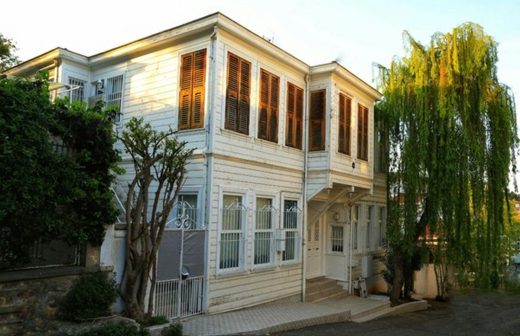Common missteps in residential panel siding, House upkeep, Building roofing
Common Missteps in Residential Panel Siding and How to Avoid Them
5 July 2024
Residential panel siding looks good, serves a practical purpose of insulating your home, and seems like a relatively straightforward project to tackle yourself.
However, it’s also a process that’s prone to mistakes, so rather than blunder into these widespread snafus, stick with us and we’ll fill you in on what it takes to work around them.
Selecting Inappropriate Siding Materials
Picking the wrong siding material can lead to big headaches, and is the most widespread reason that this type of project fails.
With that in mind, aim to avoid these common pitfalls:
- Misunderstanding Material Properties: Vinyl, wood, and fiber cement each have unique characteristics. For instance, vinyl might crack in extreme cold, while wood requires frequent upkeep.
- Ignoring Climate Compatibility: Different regions demand different materials. Fiber cement stands up well in humid areas while stucco suits dry climates better.
- Overlooking Maintenance Requirements: Some sidings need more TLC than others. Wood looks great but needs painting and sealing regularly, while vinyl is low-maintenance but can fade over time.
- Budget Over Quality: Cheap options save cash upfront but may cost more long-term with repairs and replacements.
The best bet here is to evaluate your local climate, assess your ability and willingness to maintain the siding over time, and calculate a realistic budget before making a choice. If in doubt, getting replacement siding from experts who are better positioned to evaluate your needs, supply the materials and complete the installation work for you is wise.
Improper Installation Techniques
Bad installation can turn quality siding into a liability, regardless of how carefully you’ve chosen the materials.
So, keep your peepers peeled for these blunders:
- Skipping Surface Preparation: Failing to clean and prep walls leads to poor adhesion. Dirty or uneven surfaces result in warping or gaps.
- Incorrect Nailing Practices: Using the wrong nails or spacing them improperly causes panels to buckle or detach over time. For instance, vinyl siding requires specific nailing patterns to allow for expansion and contraction.
- Neglecting Moisture Barriers: Not installing vapor barriers can cause moisture buildup behind the siding, leading to mold growth and structural damage. Given that mold remediation costs $2,230 on average, this really should be prevented if possible.
- Ignoring Expansion Gaps: Different materials expand and contract with temperature changes. Failing to leave the necessary gaps will result in buckling during extreme weather.
In this context, it’s best to follow manufacturer guidelines closely, and once again we recommend considering professional help if you’re not au fait with installation specifics like spacing and nail types.
Mistakes in Measurement and Layout
Precision is key in siding projects, and since over 85% of people handle home improvement tasks like this themselves to save money, you really want to protect your investment as much as possible. Keep abreast of these measurement mishaps to minimize them:
- Inaccurate Measurements: Misjudging dimensions leads to material waste or shortages. Always double-check measurements before cutting.
- Improper Panel Alignment: Crooked panels create an unprofessional look and may lead to water infiltration issues. Use a level frequently to ensure straight lines.
- Neglecting Window and Door Trims: Poorly measured trim pieces around windows and doors result in gaps that let moisture seep through, potentially causing damage.
- Incorrect Overlap Calculation: Different materials have specific overlap requirements for weatherproofing. Ignoring these specs can compromise the integrity of your siding.
The old adage of measure twice, cut once continues to be the most impactful piece of advice for any project like this, so take extra time during this phase to avoid costly errors down the line.
Underestimating Long-Term Costs
Thinking short-term can lead to higher expenses over time. This has been starkly illustrated recently where building material costs jumped by 45% in the space of 4 years. To sidestep these financial pitfalls:
- Opting for Cheap Materials: Low-cost materials often mean lower durability, resulting in frequent repairs or replacements.
- Ignoring Future Maintenance Expenses: Some sidings require regular upkeep, such as painting, sealing, or cleaning. Factor these costs into your budget.
- Overlooking Energy Efficiency: Poor insulation or the reflective properties of some siding options can increase heating and cooling bills significantly.
- Failing to Account for Labor Costs: DIY may save on initial labor costs but might result in mistakes that require professional fixes later on. So if you’re being budget-conscious, you have to look at the bigger picture here.
The most sensible strategy is to calculate the Total Cost of Ownership (TCO), including purchase price, installation, maintenance, and energy efficiency benefits when gearing up for a residential panel siding project.
Final Thoughts
Well-chosen siding materials, professional-quality installation, exacting measurements and an understanding of the ongoing costs of this type of project will boost your chances of success significantly. Act on this information and you can have your home looking great while benefiting from improved insulation without breaking the bank or tearing your hair out.
Comments on this guide to Common missteps in residential panel siding for homes – homeowners design ideas advice article are welcome.
Building Siding Material
Building External Siding Materials
Home with siding installation and repair
Reasons to replace your home’s siding
Common siding problems to repair
Guide to exterior siding materials and maintenance
Painting Metal Siding on Industrial Buildings
Building
Residential Property
Comments / photos for the Common missteps in residential panel siding advice page welcome







